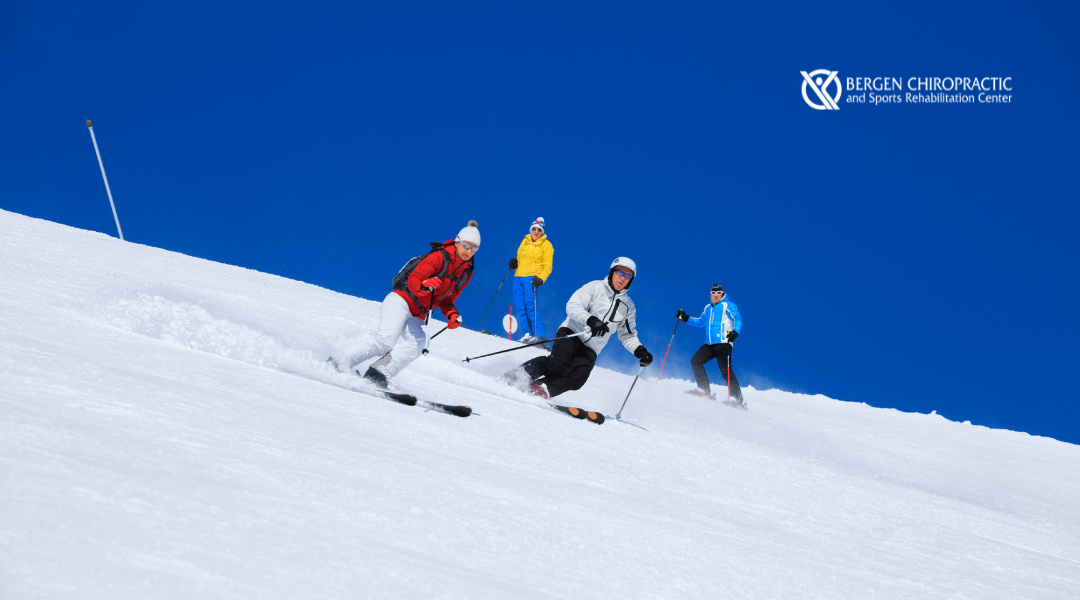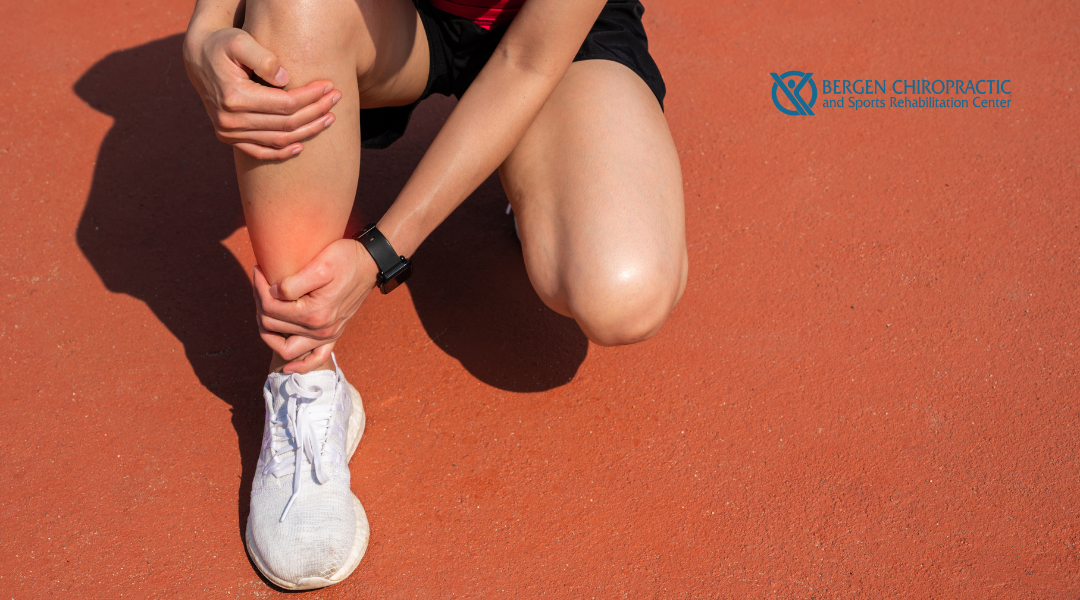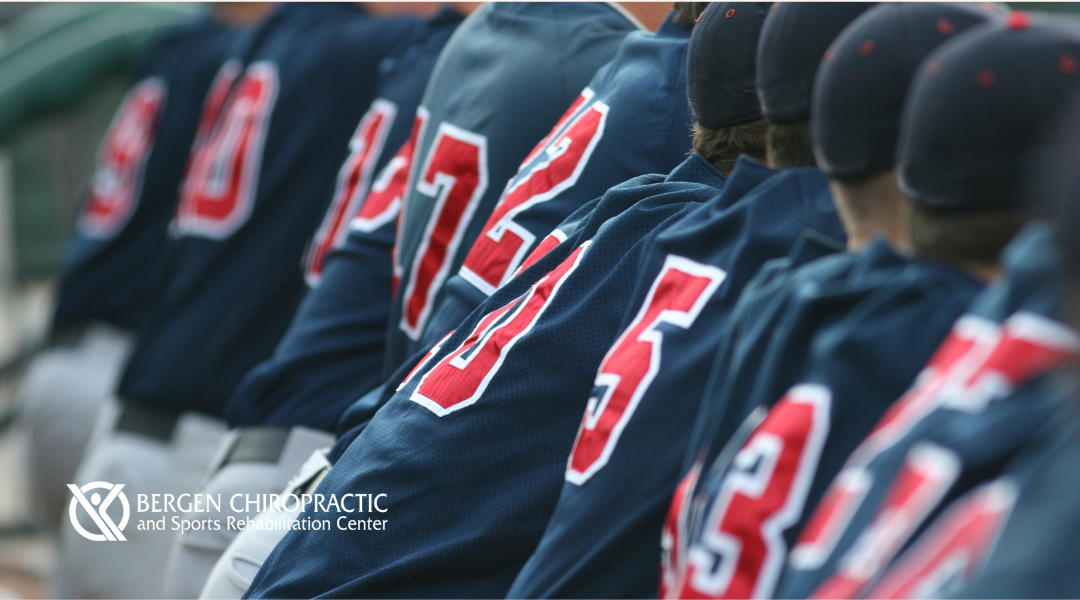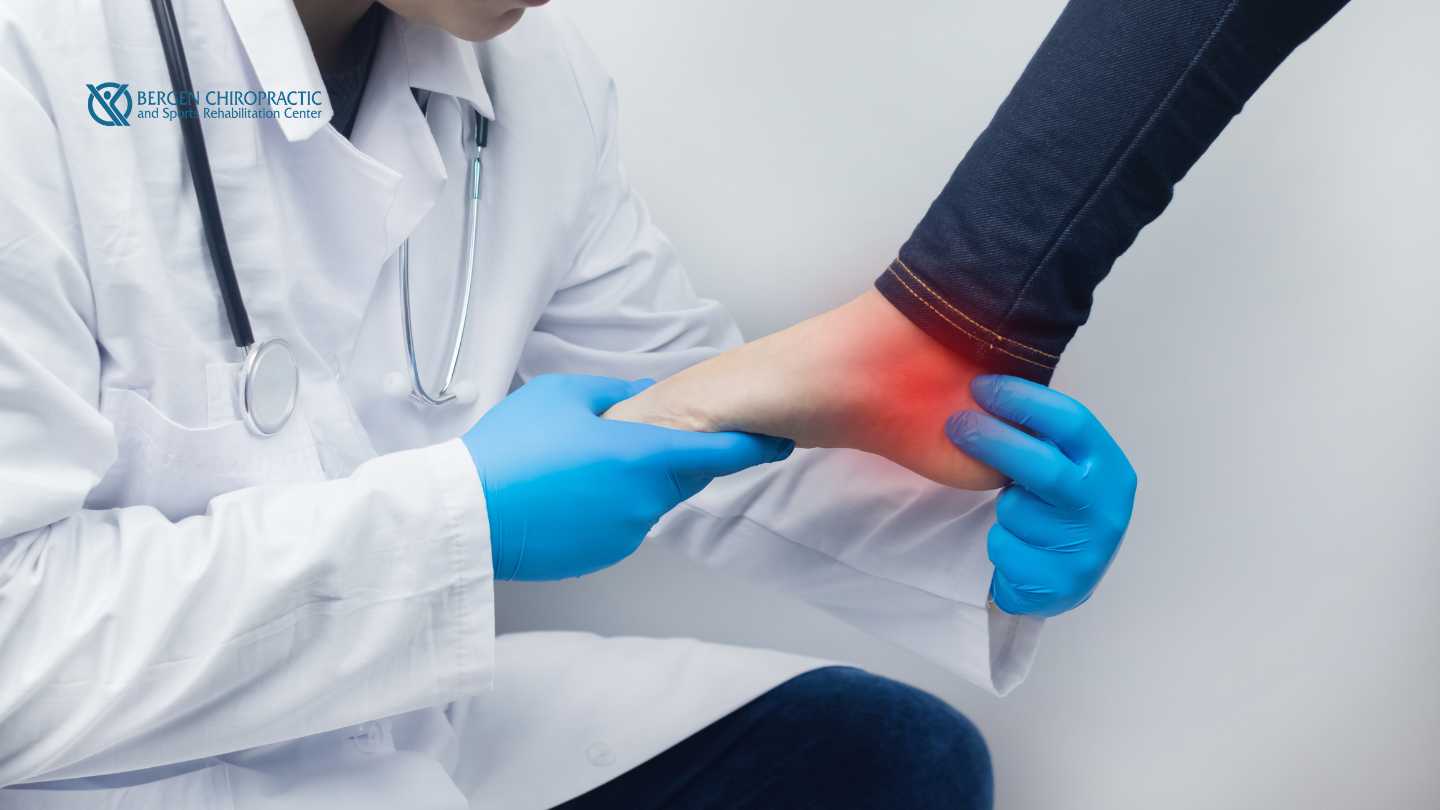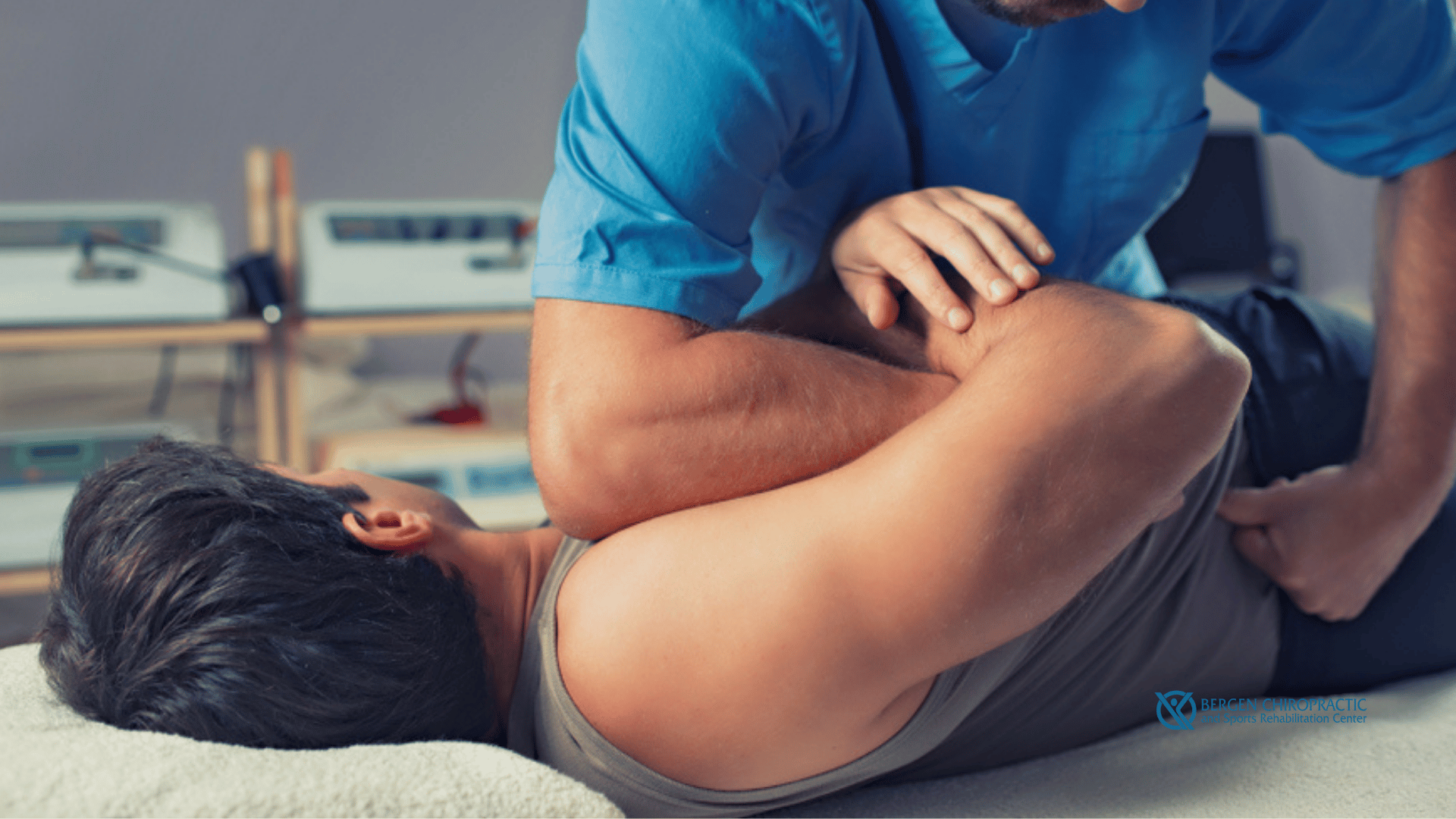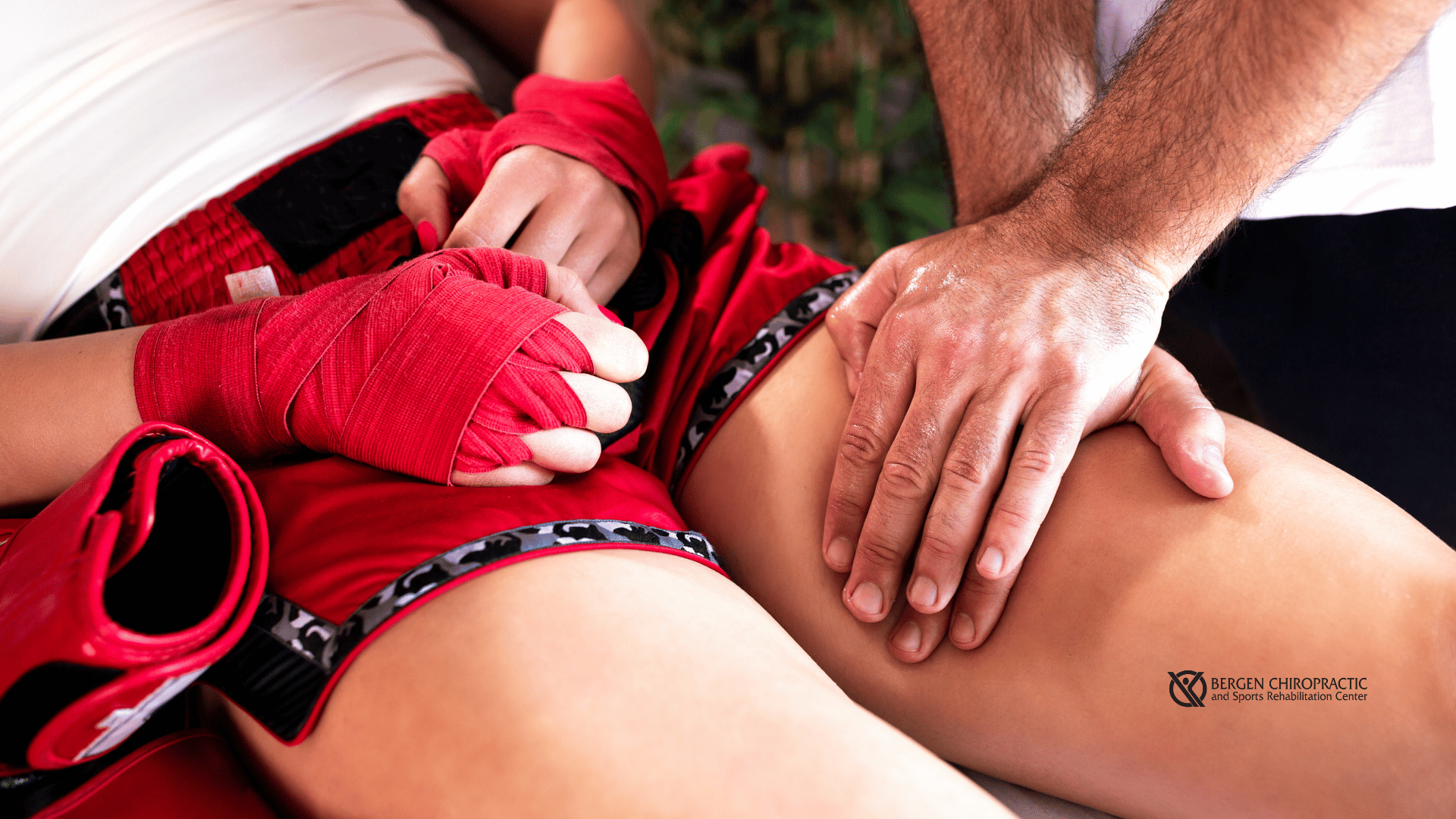Cold-weather training tightens muscles, stiffens joints, and slows recovery, making winter one of the highest-risk seasons for athletic injuries. This article explains how professional athletes in Bergen County stay injury-free through dynamic warm-ups, sport-specific preparation, and sports-focused chiropractic care that supports mobility, alignment, and recovery.
Winter Sports in Bergen County | Sport-Specific Chiropractic Exercise Programs for Safe and Powerful Performance
Winter athlete conditioning, sport-specific chiropractic care that prevents injuries, improves balance and coordination, enhances performance, and supports recovery for skiers, snowboarders, and hockey players in Bergen County
Preventing Shin Splints: Tips for Student Athletes Heading into Sports Season
Shin splints are one of the most common overuse injuries student athletes face at the start of sports season. From sudden training increases to poor footwear and tight muscles, the risk factors are everywhere. At Bergen Chiropractic, we help athletes stay ahead of shin pain with targeted stretches, strength routines, proper alignment, and customized care plans designed to keep you healthy, mobile, and performing at your best.
Safe and Effective Pre-Season Conditioning for High School Athletes
Learn safe and effective pre-season conditioning strategies for high school athletes to improve performance, build strength, and reduce risk of sports injuries.
Align for Adventure: Chiropractic Benefits for Outdoor Enthusiasts This Spring
Ready to enjoy the outdoors this spring? Chiropractic care for outdoor enthusiasts improves flexibility, prevents injuries, and supports better movement.
Beyond Ice Packs: How Chiropractic Care Addresses Knee Pain in Teens Holistically
Explore the benefits of chiropractic care for knee pain in teens, focusing on holistic methods for pain relief, mobility improvement, and overall wellness.
Court Advantage: Unlocking Peak Performance With Chiropractic Care for Basketball Players
Chiropractic care for basketball players offers injury prevention, improved mobility, and faster recovery to elevate your game.
5 Exercises Your Chiropractor May Recommend for Plantar Fasciitis
Explore five effective exercises your chiropractor may recommend to alleviate plantar fasciitis and improve foot health.
Chiropractic Care for Weightlifters: Enhancing Strength and Stability
Weightlifters know that maintaining peak performance is more than just hitting the gym hard—it's also about smart recovery and injury prevention. Chiropractic care plays a crucial role in enhancing strength and stability by addressing imbalances and ensuring proper...
Bergen Chiropractic’s Approach to Treating Groin Pull Injuries in New Jersey
Discover Bergen Chiropractic’s personalized approach to treating groin pull injuries in New Jersey. Learn about common causes, effective chiropractic treatments, and how chiropractic care can prevent future injuries, offering relief and long-term health benefits.


